ChatGPT - A New Era of Technology
ChatGPT is developed by OpenAI. It is a variant of the GPT (Generative Pre-Training Transformer) model that is trained on large amounts of text data to generate human-like text. It was launched in November 2022
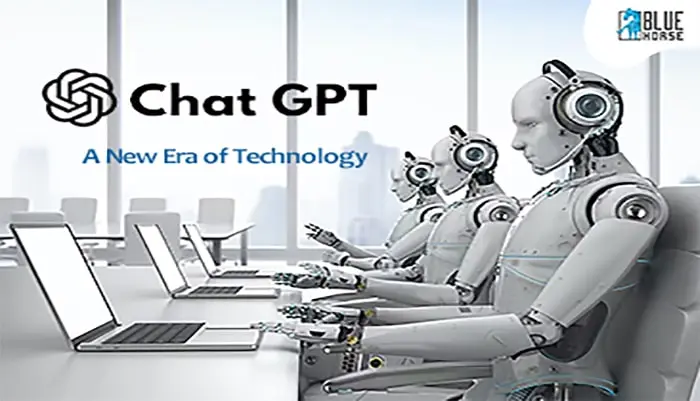
The commercialization of ChatGPT through OpenAI's API has also made it accessible to businesses and developers, allowing them to integrate it into their services and applications. This has led to an increase in the number of real-world use cases for the model, further driving the growth of the conversational AI industry. OpenAI continues to release new versions and updates to the model, solidifying ChatGPT's position as a significant player in the field of natural language processing and a benchmark for future language models.
Milestones of ChatGPT

1. 2018: OpenAI released its Generative Pre-trained Transformer (GPT) model, which marked the beginning of the development of ChatGPT.
2. 2019: OpenAI released GPT-2, a more advanced version of the GPT model, trained on an even larger corpus of text data.
3. 2020: OpenAI released GPT-3, the most advanced version of the GPT model to date. It also launched the API for GPT-3, making it possible for developers to access and use the model in their own applications. This was a significant milestone in the development of ChatGPT.
4. September 2020, Microsoft acquired exclusive licensing rights to GPT-3 and other language models developed by OpenAI. This move has allowed Microsoft to integrate the technology into its services and stay competitive in the AI landscape.
5. 2021-Present: ChatGPT continues to be widely adopted and used for various conversational AI applications, including chatbots, voice assistants, and language-based interactive applications. OpenAI continues to develop and improve ChatGPT, making it a more advanced and sophisticated conversational AI model.
This year-wise timeline provides a snapshot of the lifeline of ChatGPT, from its initial development to its ongoing advancement and widespread us
Since its release, ChatGPT has been adopted by a growing number of companies and organizations, who are using it to enhance their applications and services with conversational AI capabilities. OpenAI continues to develop and improve ChatGPT, and its popularity is expected to continue growing in the coming years.
Features of ChatGPT
ChatGPT is a conversational AI model developed by OpenAI, built on top of the GPT-3 architecture. It is designed to respond to natural language queries in a human-like manner. Here are some of the features of ChatGPT:
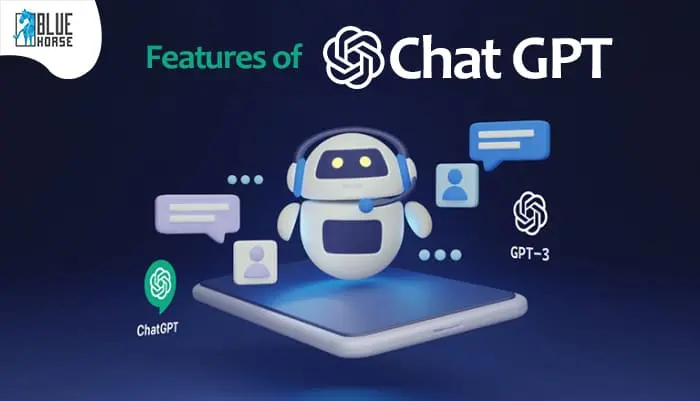
1. Natural language processing - ChatGPT is trained on a large corpus of text data, which enables it to understand and generate human-like responses to a wide range of queries.
2. Contextual understanding- ChatGPT is capable of maintaining context across multiple turns of a conversation, allowing it to understand the context of a query and generate a relevant response.
3. High accuracy- ChatGPT has been trained on a large corpus of text data and fine-tuned on specific conversational tasks, resulting in high accuracy in generating human-like responses.
4. Customization- ChatGPT can be fine-tuned for specific use cases or domains, allowing it to generate responses that are more relevant to the target application.
5. Scalability- As a cloud-based service, ChatGPT can be easily integrated into various applications, allowing it to scale to meet the demands of large user bases.
Applications of ChatGPT
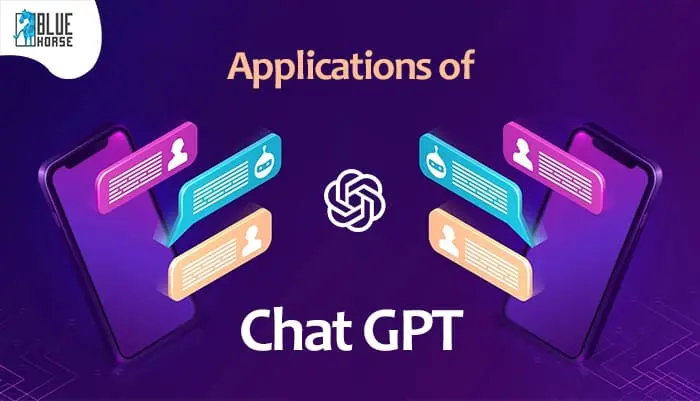
1. Chatbot development: ChatGPT can be used to develop chatbots that can converse with users in a natural way. By fine-tuning the model on specific tasks and domains, it can be trained to understand the user's intent and provide appropriate responses. This can be used to create chatbots for customer service, e-commerce, and other industries.
2. Content creation: ChatGPT can be used to generate written content such as product descriptions, blog articles, and website copy. This can be especially useful for web development company that offer content creation services to their clients.
3. Website localization: ChatGPT can be used to translate website content into multiple languages. This can be useful for web development companies that create websites for international clients.
4. Search Engine Optimization (SEO): ChatGPT can be used to generate meta tags, alt tags, and other SEO-friendly text for websites. This can help to improve the search engine rankings of the websites created by web development companies.
5. Text summarization: ChatGPT can be used to summarize large amounts of text on a website, making it more user-friendly and easy to navigate. This can be useful for web development companies that create websites for clients in industries such as news and media.
6. Question answering: ChatGPT can answer questions based on the information it has been trained on, making it useful for tasks such as customer service and information retrieval.
7. Text translation: ChatGPT can be used to translate text from one language to another, making it useful for multilingual applications and services.
It's worth noting that while ChatGPT can be a useful tool for web and mobile app development company, it is not a replacement for human expertise. The model's generated text should still be reviewed and edited by a human to ensure accuracy and relevancy.
Is ChatGPT going to replace Google?
It is unlikely that ChatGPT will replace Google. While ChatGPT is a highly advanced and widely used language model, Google offers a range of products and services beyond natural language processing, including search, advertising, email, and cloud computing.
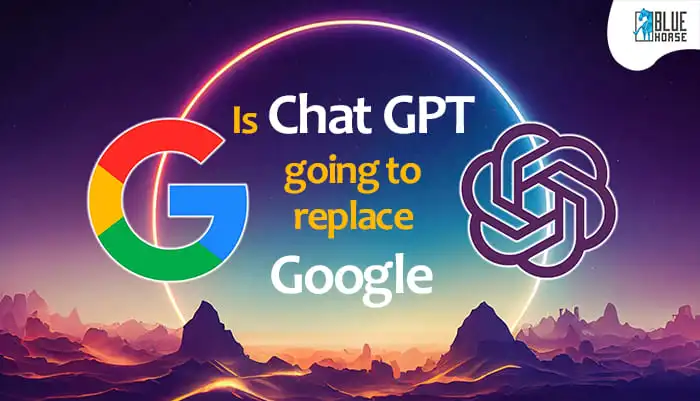
Moreover, Google has invested heavily in AI and machine learning, and has developed its own language models, such as BERT and Transformer-XL, which have been widely adopted in the research and industry communities.
ChatGPT and Google serve different purposes and are used in different contexts. While ChatGPT is primarily focused on language processing tasks such as text generation and conversational AI, Google provides a suite of services and tools to help people access information, connect with others, and achieve their goals.
Therefore, it is unlikely that ChatGPT will replace Google, but it may complement it by providing advanced language processing capabilities to support certain applications and services.
A Comparison between ChatGPT Vs BERT
ChatGPT and BERT are two powerful language models developed by OpenAI and Google respectively. Both models use advanced natural language processing techniques to understand and generate human-like responses to text-based inputs.
ChatGPT is a larger and more complex model than BERT, with over 1.5 billion parameters compared to BERT's 340 million parameters. This larger size allows ChatGPT to generate more complex and nuanced responses to a wider range of prompts. In contrast, BERT is better suited for specific tasks such as question answering and sentiment analysis.
Another key difference is in their training methods. ChatGPT is trained using a technique called unsupervised learning, where it learns to predict the next word in a sentence based on the context. This allows ChatGPT to generate human-like responses without the need for specific training data. In contrast, BERT is trained using supervised learning, where it is given specific training data for specific tasks.
Overall, both models are highly effective at understanding and generating human-like responses to text inputs. However, their differences in size, training methods, and specific use cases make them better suited for different types of applications. Businesses and developers should carefully consider their specific needs and use cases when choosing between ChatGPT and BERT.
ChatGPT can do Programming?
No, ChatGPT is not capable of programming. It is a language model that has been trained to generate and process text, but it does not have the ability to write code or perform other programming tasks.
ChatGPT's main strength lies in its ability to understand and generate human-like language, but it is not designed to perform tasks that require a deep understanding of logic or programmatic structure.

While ChatGPT can be used as part of a larger system to assist with software development tasks, such as code generation or bug fixing, it is not a standalone solution for programming. Instead, it is typically used to enhance other software tools and processes by providing advanced language processing capabilities.
Conclusion
ChatGPT is a powerful language model developed by OpenAI that is designed to be used in a wide range of natural language processing tasks. ChatGPT can be a valuable tool for web development companies in a variety of ways, including chatbot development, content creation, website localization, SEO, and text summarization. However, the model's generated text should still be reviewed and edited by a human to ensure accuracy and relevancy.
This piece of writing has been generated by the advanced language model known as ChatGPT.






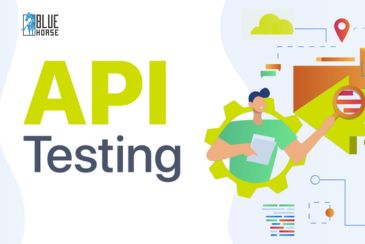
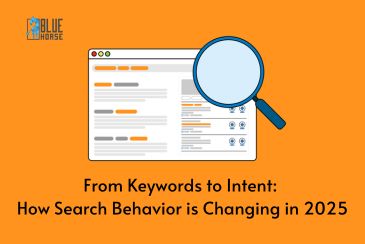

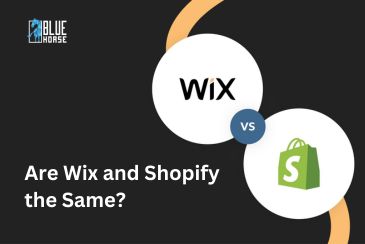











Comments